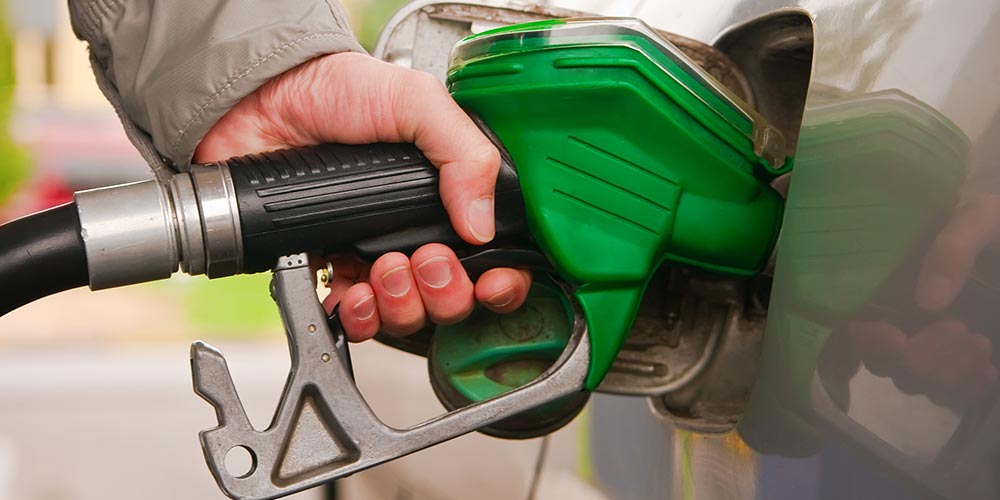Fuel efficiency allows minimizing the amount of fuel in motor vehicles, enabling them to cover much longer distances. Fuel efficiency, a process dependent on various factors, can present a budget-friendly value, especially with the advantages it offers in the long term. So, how can fuel efficiency be achieved in vehicles? What criteria apply to different fuel types? How can you easily save fuel and travel longer distances? You can find all the answers to your questions in our content and start saving fuel during your vehicle travels.

Fuel Efficiency in Diesel or Petrol
There are several key points to know about fuel efficiency in diesel vehicles. In diesel vehicles, known for generally having lower fuel consumption compared to petrol vehicles, it is crucial to check if the tires are adequately inflated. Diesel vehicles with underinflated tires may experience increased friction, leading to higher fuel consumption. Regularly checking the tire pressure is essential for this reason. Another important step for fuel efficiency in diesel vehicles is to wait for the engine to warm up when the vehicle is running. Allowing the engine to warm up when operating the vehicle will result in significantly less fuel consumption. Fuel consumption in diesel vehicles can also increase during sudden accelerations, decelerations, or when quickly releasing the gas pedal. Taking such precautions can lead to substantial fuel savings in diesel vehicles. If you are wondering how to achieve fuel efficiency in petrol vehicles, one initial step is to purchase petrol in the early and cold hours of the morning. Since petrol tends to condense in cold weather, purchasing petrol during these hours may allow you to buy more petrol for the same price. Installing a cruise control system or using the existing feature frequently can also contribute to fuel efficiency. Cold engine conditions can be a disadvantage for petrol vehicles, so instead of warming the car in place, slowly driving during take-off can heat the engine and reduce fuel consumption.
Factors Affecting Fuel Consumption
Settings affecting fuel efficiency are versatile and can manifest in various areas. By paying attention to these factors, you can achieve significant fuel savings in the long term. For example, there are several reasons related to the driver. Overloading the vehicle, intensive use of the air conditioning, abrupt acceleration or deceleration, and not using the vehicle in the appropriate gear and RPM range are driver-related factors. Implementing all of these measures at once may seem challenging, so progressing gradually can be advantageous. Fuel consumption can also increase due to the vehicle's engine. A dirty air filter, ignition problems in spark plugs, aging or malfunctioning engine oil can increase fuel consumption. Lastly, there are reasons originating from the vehicle itself. Malfunctions in brake adjustments and insufficient air pressure in the tires can significantly increase fuel consumption. Problems with clutch linings and insufficient air pressure in the wheels can be considered vehicle-related reasons. Regularly paying attention to all these factors will make fuel savings easier. By considering these factors, you can create a checklist for fuel efficiency and transition to a more economical driving style in a short time.
How to Calculate Fuel Consumption in Vehicles
After achieving fuel savings, it is possible to test yourself by making calculations. Calculating fuel consumption is a relatively straightforward process. One of the simplest and classic methods is to keep receipts from the fuel company. For this, the mileage of the vehicle should be written on the fuel receipt. This receipt can be kept until the next refueling, and then a comparison can be made. You can also calculate your fuel consumption using the onboard computer in the vehicle's dashboard. Generally, there are four notches on the fuel tank symbol in the fuel consumption section of the vehicle's onboard computer. For example, if 3 notches of fuel were used in the first refueling, make sure to use 3 notches again in the subsequent refueling. Then subtract the initial mileage from the total mileage and divide it by the total spending. This way, you can see how much fuel the vehicle consumed per kilometer. For example, if you traveled 5000 kilometers and the total fuel expenditure was 500 TL, it means that 10 kuruş of fuel was consumed per kilometer. You can also leave the calculation to fuel consumption calculation programs available online, which perform a similar manual process.

Why is Driver's Fuel Consumption Different from Factory Data?
In some cases, there can be significant differences between the fuel consumption specified in the vehicle catalogs and the fuel consumption achieved by the driver. City, highway, and average fuel consumption values are calculated and generally provided in catalogs. However, the fuel consumption value specified in the vehicle catalogs or websites of car brands is usually obtained from measurements made in special environments. In addition, these measurements often involve only the driver in the vehicle, which reduces weight and results in less fuel consumption. Fuel consumption values obtained from vehicles where the tank is not completely filled during test processes can also lead to different fuel consumption results. With Sixt car rental, you can receive an ideal vehicle for fuel savings, take advantage of our options for long-term and short-term rentals, and benefit from our competitive prices for an economical driving experience.



